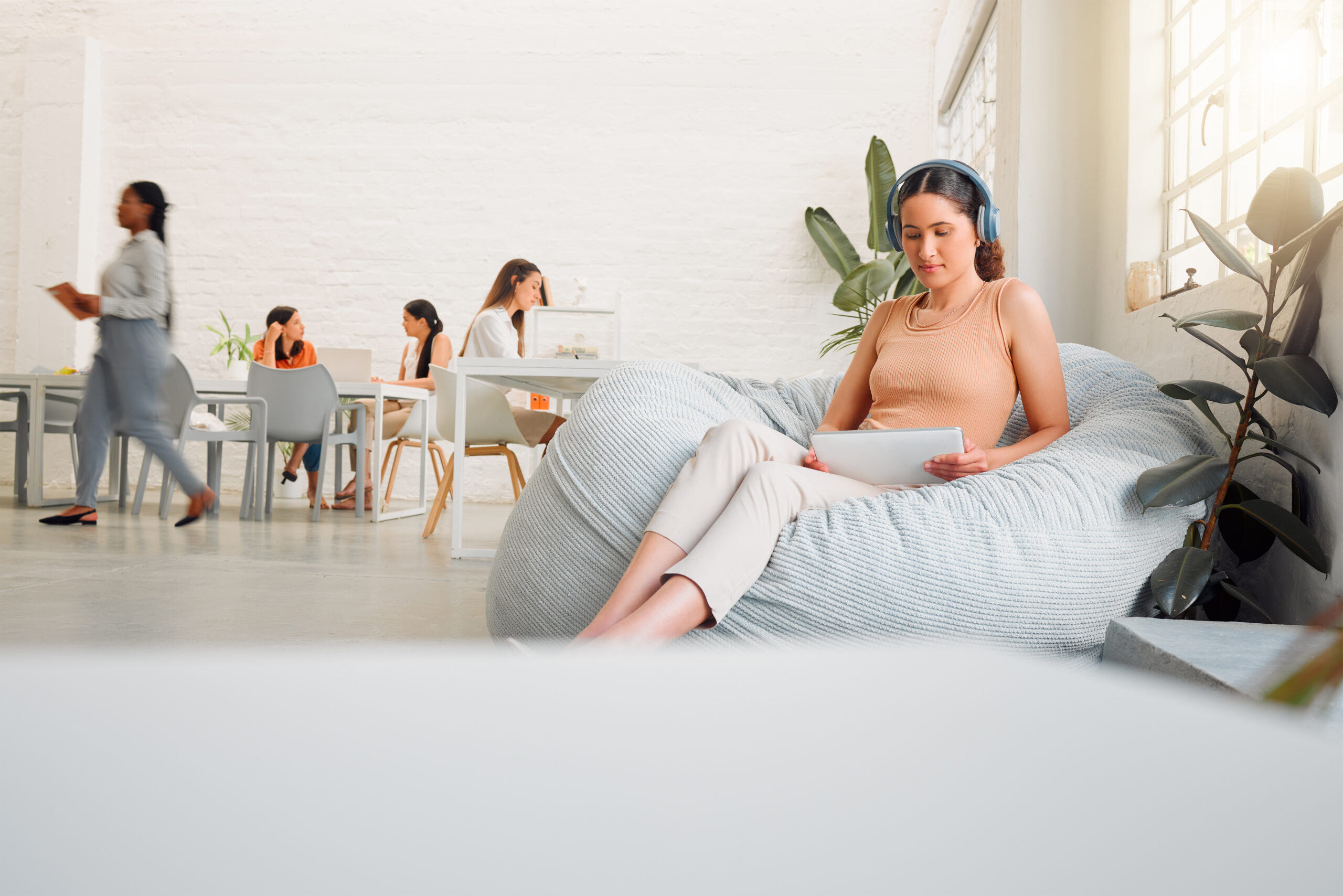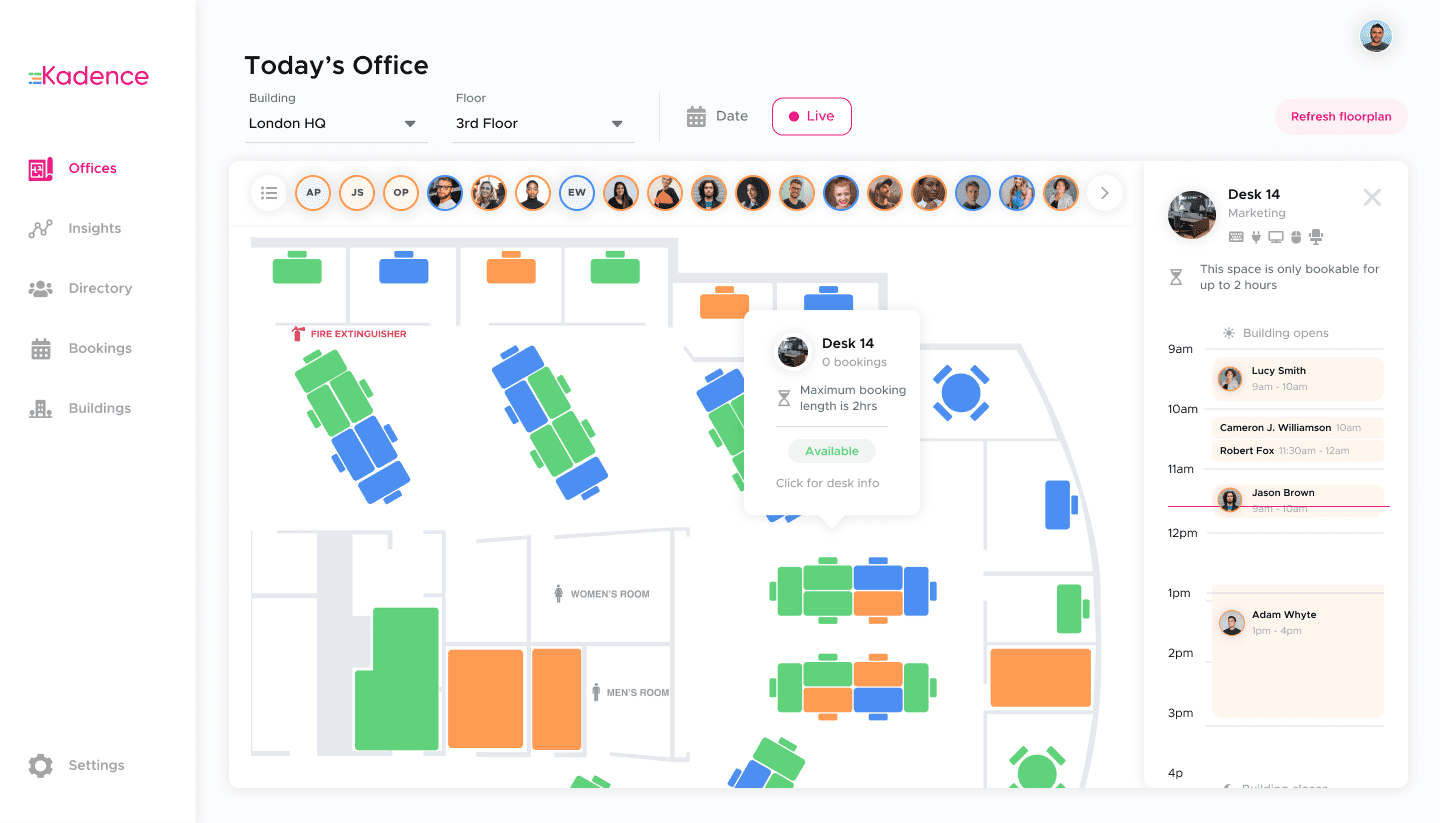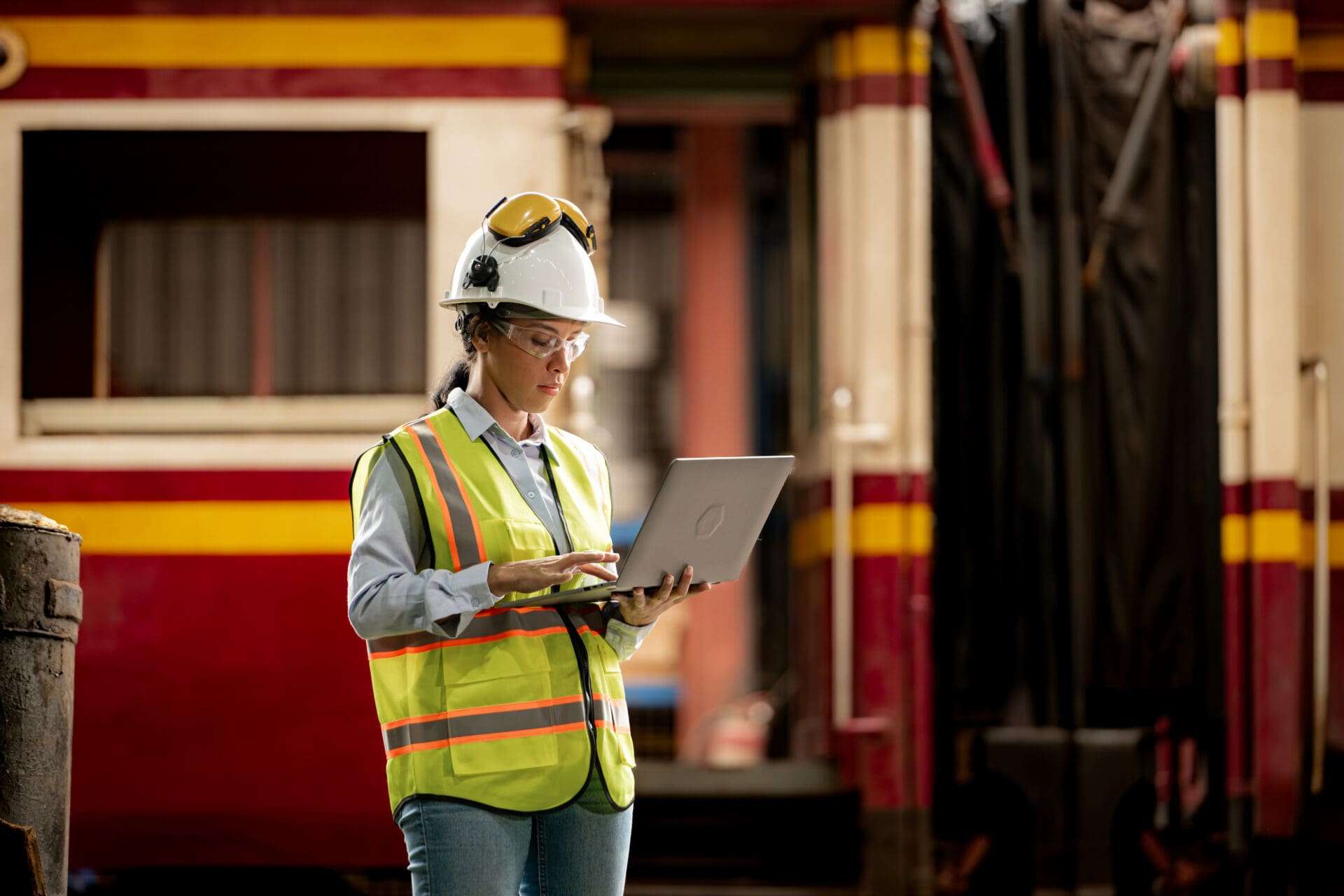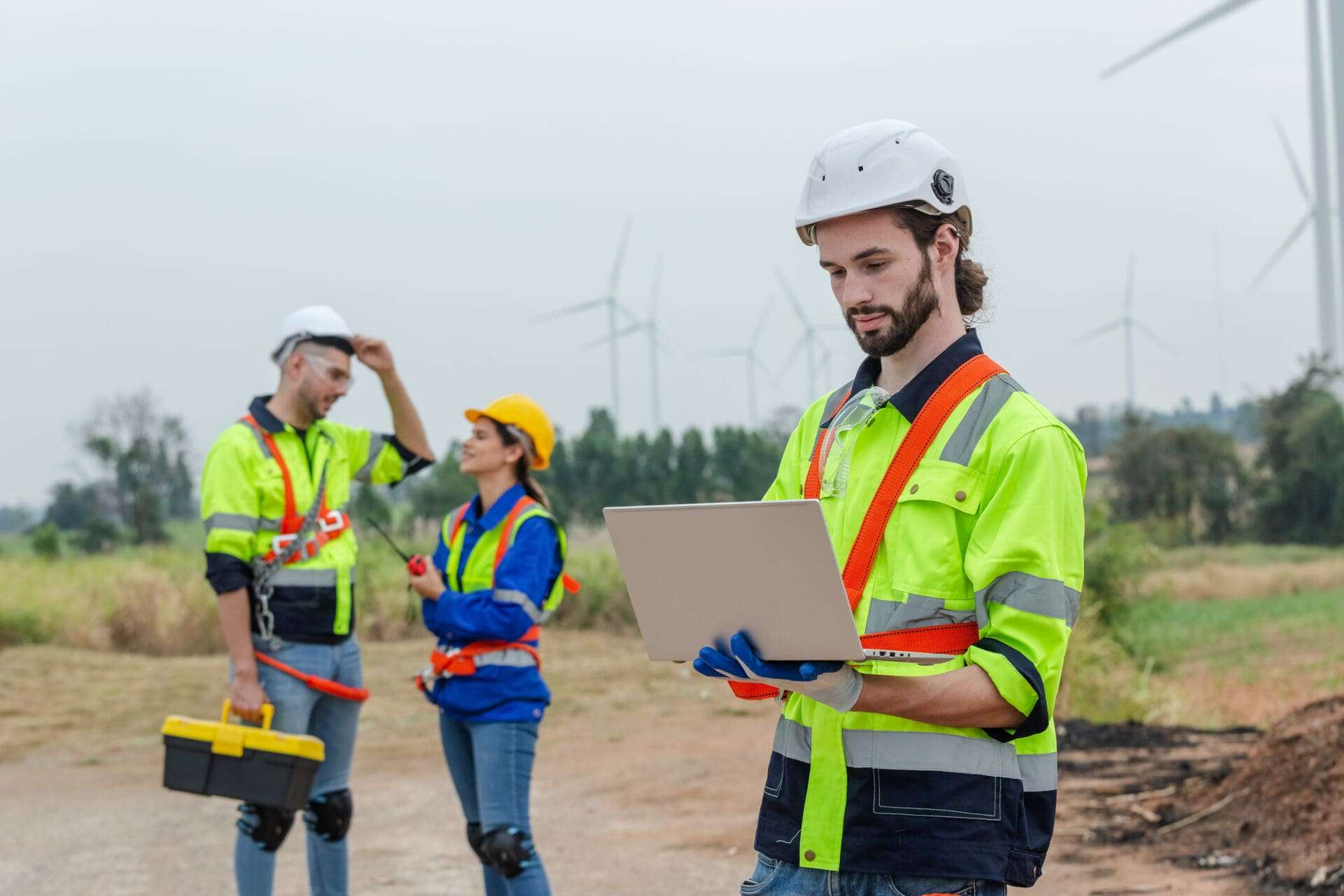The workplace experience has become more and more dynamic each year since the pandemic. The rise of remote work, coupled with the resurgence of in-person collaboration, has paved the way for the hybrid work model. There’s a want for the best of both worlds. Employees want to work from home when it’s convienent and they want the opportunity to collaborate with colleagues in the office.
As organizations adapt to this new way of operating, refurbishing the office space is a strategic imperative. By aligning physical environments with the needs of hybrid work, businesses can unlock a myriad of benefits that enhance the workplace experience for employees and stakeholders alike.
In this article, we delve into the transformative potential of refurbishing your office for hybrid work. From fostering collaboration to promoting well-being, we explore how thoughtful design interventions can shape a workspace that empowers productivity, creativity, and engagement.
Adapting to the Hybrid Work Era
The shift towards hybrid work represents a seismic change in how businesses operate. It offers employees the flexibility to alternate between remote and in-office work, providing a balance between autonomy and collaboration.
Many companies feel anxious about how much time employees will spend in the office. Mandates to return to work are often seen as the solution, but they undermine the very agency hybrid work should offer employees. Rarely do companies think about how to encourage workers to come into the office.
The most simple way to do this to make the office an exciting place to work. If the ways we work have changed since the pandemic, we need spaces that feel suited to working hybrid. If the office presents an environment that working from home cannot, then employees will naturally feel inclined to work in the office.
Creating Collaboration Hubs
If offices then offer the unique opportunity to work with and alongside colleagues, then they should be designed with this mind. Traditional offices are a mix of cubicles, open plan layouts and meeting rooms. Each employee has a desk. Perhaps the new hybrid workplace experience actually looks different.
Companies could create hubs with beanbags, meeting rooms designed for brainstorming and creative work, places with coffee and snacks that resemble cafes. There are a plethora of opportunities and ideas that will help boost morale. With a diversity of spaces, the workplace experience can be many different things rather than just one. By swapping the mundane for a dynamic approach, organizations encourage office working.
Prioritizing Flexibility and Mobility
Flexibility lies at the heart of the hybrid work model. Recognizing that employees may choose to work from various locations, refurbishing the office to accommodate flexible seating arrangements and modular workstations is essential.
Mobile furniture solutions and adaptable spaces empower employees to customize their work environment based on their preferences and tasks at hand. This promotes autonomy and productivity. Most companies will begin a hot desking system, managed through software like Kadence. Because employees will no longer have fixed desks that they can personalize, the space itself should feel personalized to their needs.
Embracing Technology Integration
In the digital age, technology serves as the backbone of hybrid work. Integrating smart devices, video conferencing systems, and collaborative software into the office infrastructure enhances connectivity and streamlines communication across remote and in-office teams.
Analytics tools within software like Kadence enables organizations to gather valuable insights into space utilization and employee preferences, informing future design decisions.
Collaborative hubs should also be quipped with modern technology. This way organizations can facilitate seamless interaction between remote and in-office team members. These hubs serve as focal points for brainstorming sessions, project discussions, and creative ideation, fostering a sense of belonging and camaraderie among employees.
Promoting Well-being and Comfort
A conducive work environment goes beyond aesthetics; it prioritizes the well-being and comfort of employees. Incorporating design elements such as natural light, greenery, and ergonomic furniture enhances cognitive function, reduces stress, and boosts morale.
We have seen a rise in employees using third spaces like coffee shops as places to work. 50% of workers recently surveyed by Opentable said they spend at least some of their time working in cafes and other third spaces throughout their work week. The community atmosphere these provide as well as comfortable seating, natural light, food and beverage helps create a workplace experience that feels holistic. Employees have often been encouraged to work in spaces that avoid distractions. And yet this often feels restrictive and does not meet all the individual’s needs.
Companies can go one step further. By dedicating spaces for relaxation, mindfulness, and physical activity, they provide for the variety of needs of the employee. This approach recognizes that by creating a positive workplace experience, employees are more productive and engaged. The company encourages a work-life balance and supports overall employee wellness.
Cultivating a Sense of Purpose
The workspace experience should serve as a tangible manifestation of organizational culture and values. By infusing elements of brand identity and purpose-driven design into the office environment, organizations can inspire and motivate employees towards a shared vision.
From curated art installations to branded signage, every aspect of the refurbishment should reflect the company’s ethos, fostering a sense of pride and belonging among employees. This will also make the space unique to the company and not molded from a template of what we would traditionally consider the office to look like.
Driving Sustainability Initiatives
As companies are encouraged to be environmentally conscious, sustainability should take center stage in office refurbishment projects. Using eco-friendly materials, implementing energy-efficient systems, and prioritizing waste reduction minimize an organization’s ecological footprint. This can align with their corporate social responsibility goals. By championing sustainability initiatives, organizations demonstrate their commitment to creating a better future for both employees and the planet.
Consider Kadence
Refurbishing your office for hybrid work represents a strategic investment in the future of work. By reimagining the workspace experience as collaborative and well-being focused, organizations can create a conducive environment that empowers the hybrid workforce to thrive.
Kadence can help offer insights into how space is being used in real-time. Design decisions can be based on this data. Real estate costs can be lowered by understanding how the space is being used by employees.
Book a demo today to see how Kadence can help you unlock the full potential of hybrid work.




